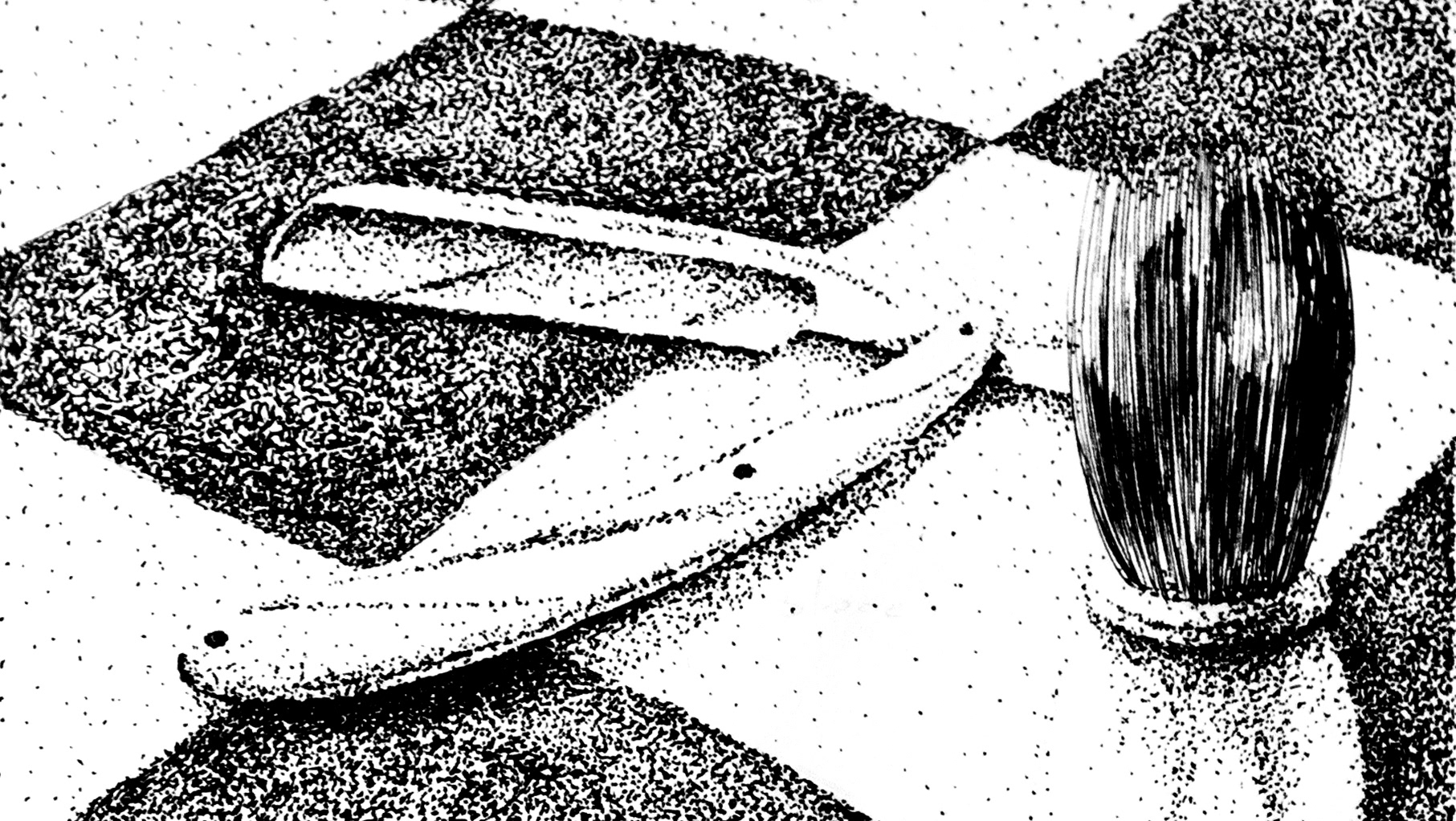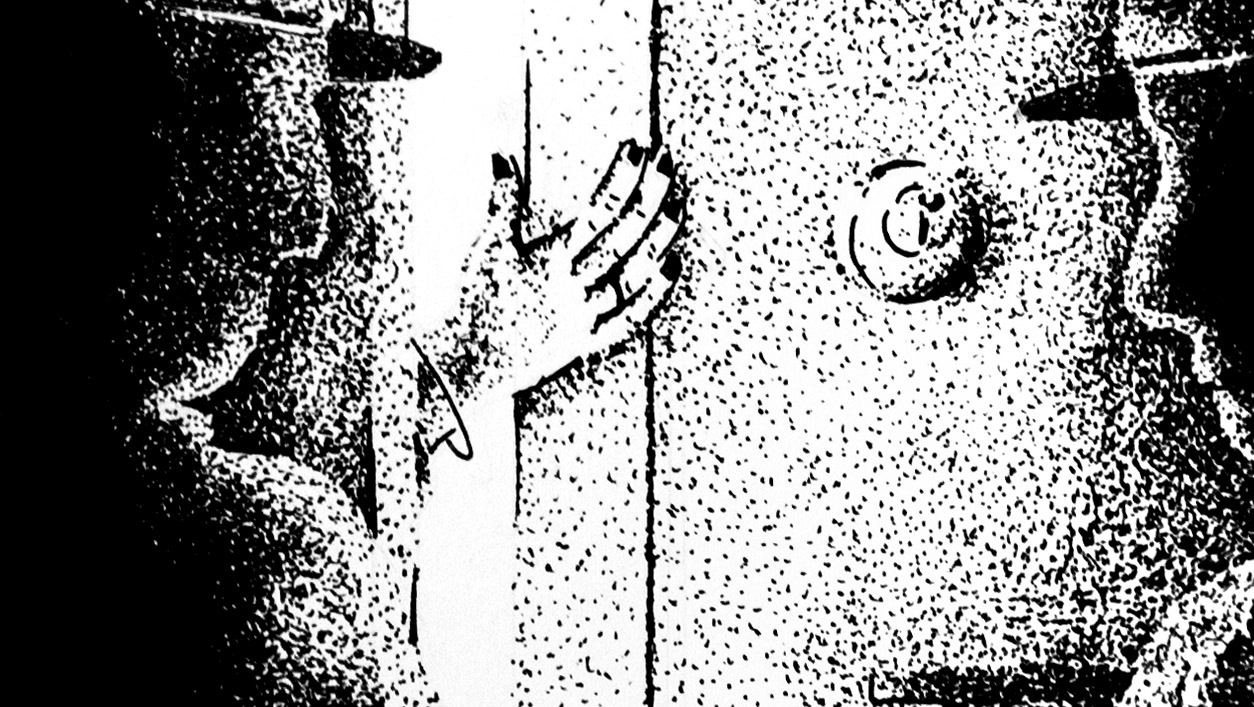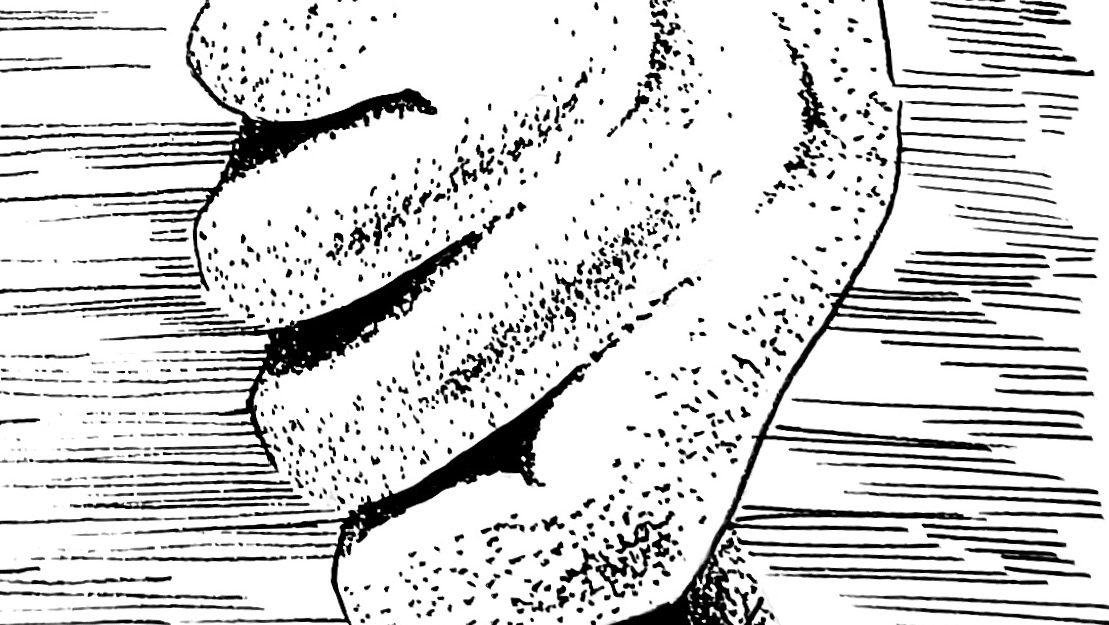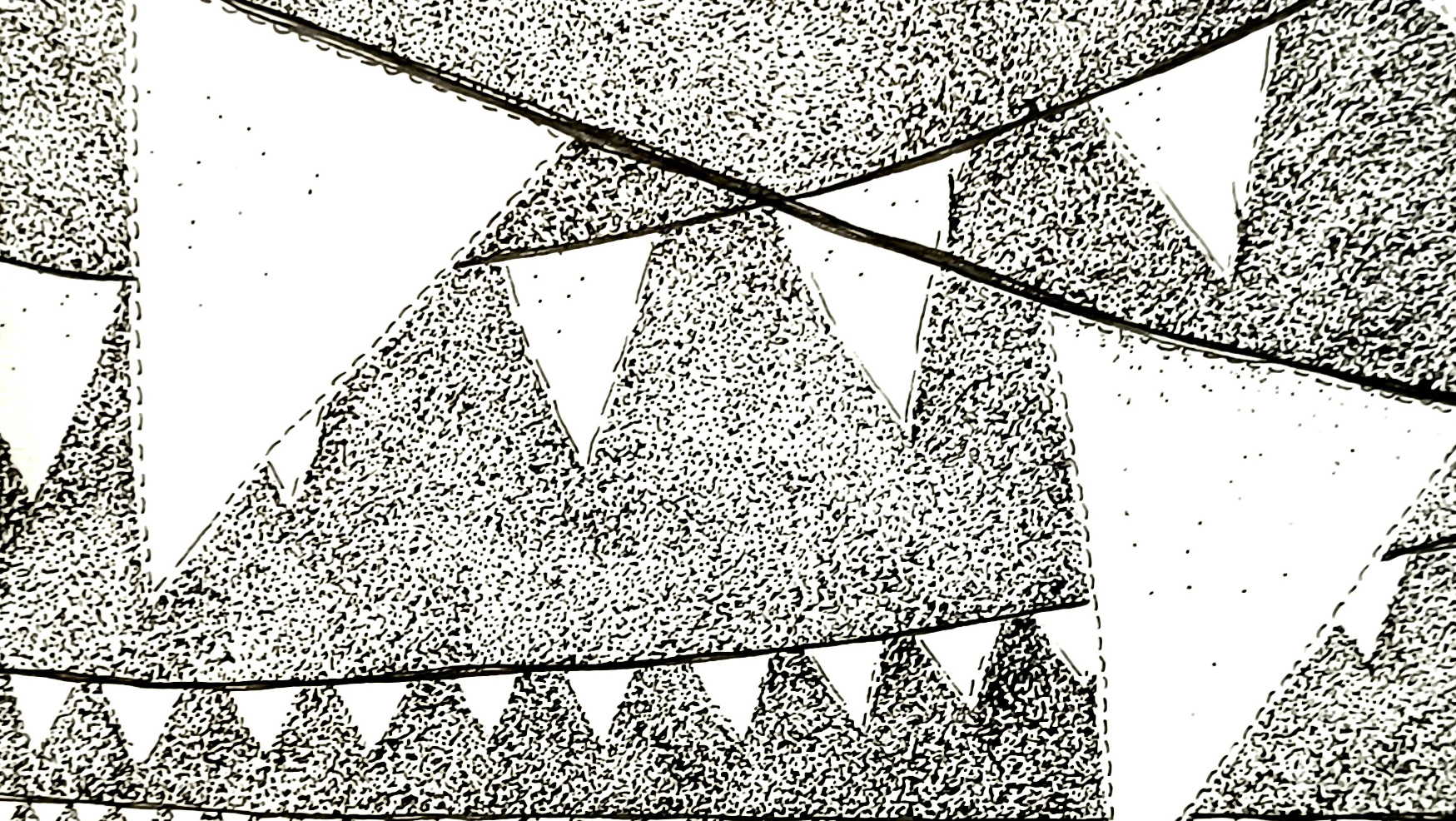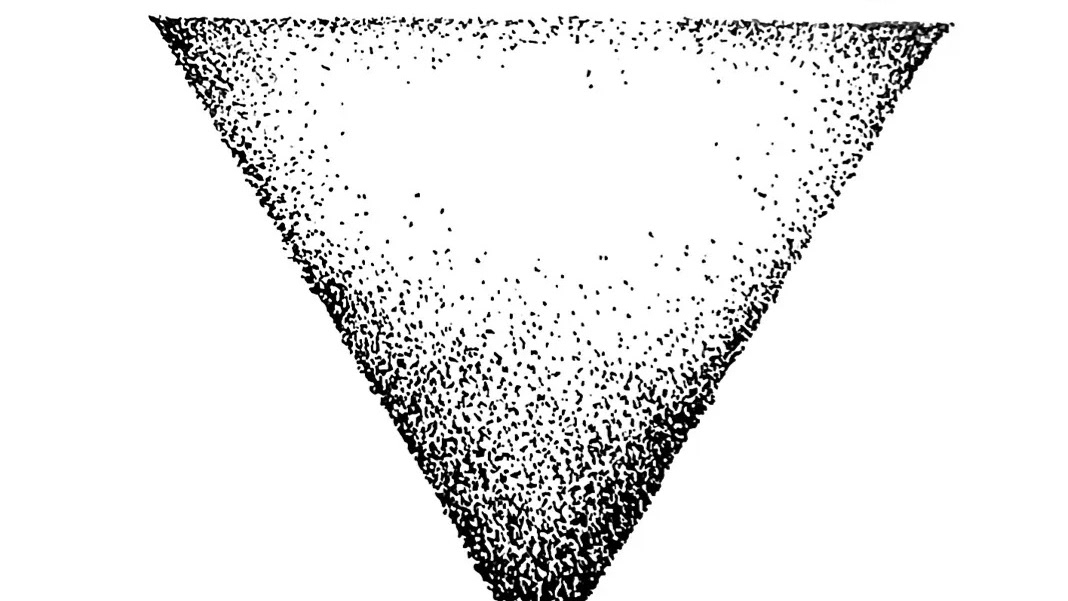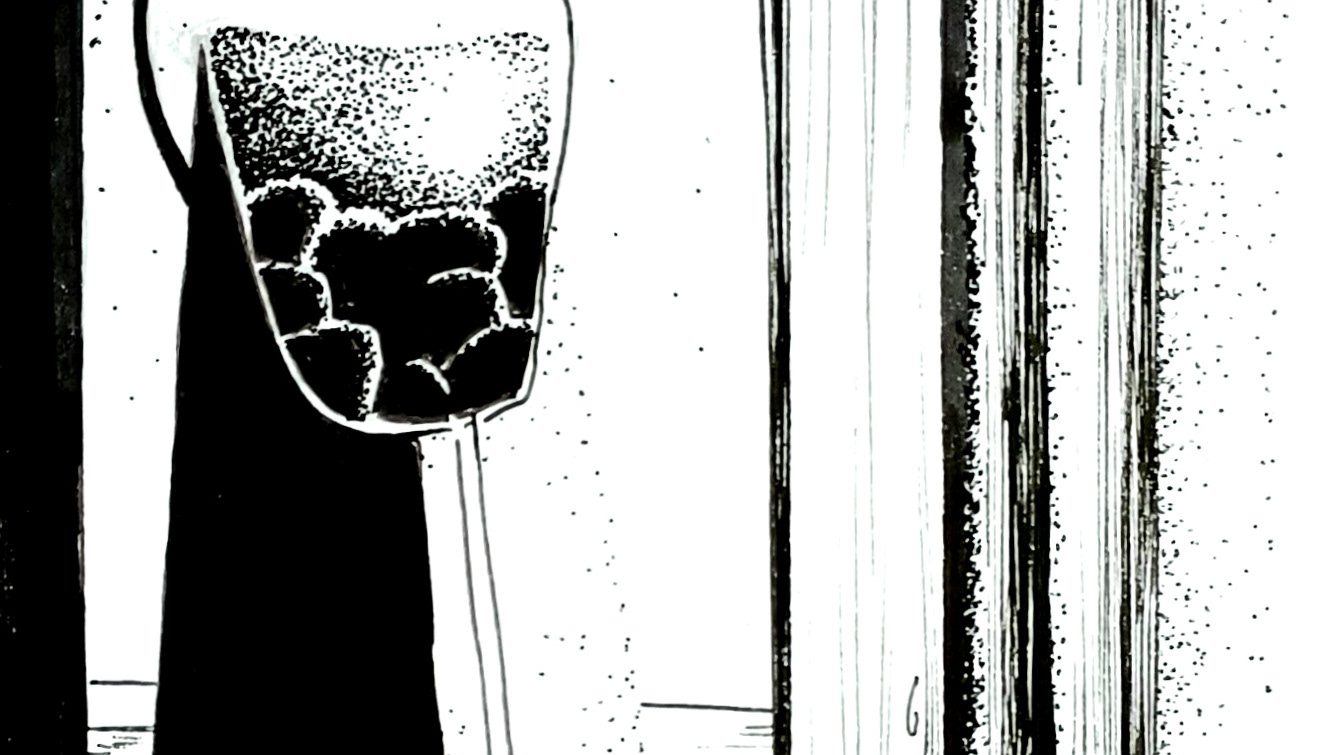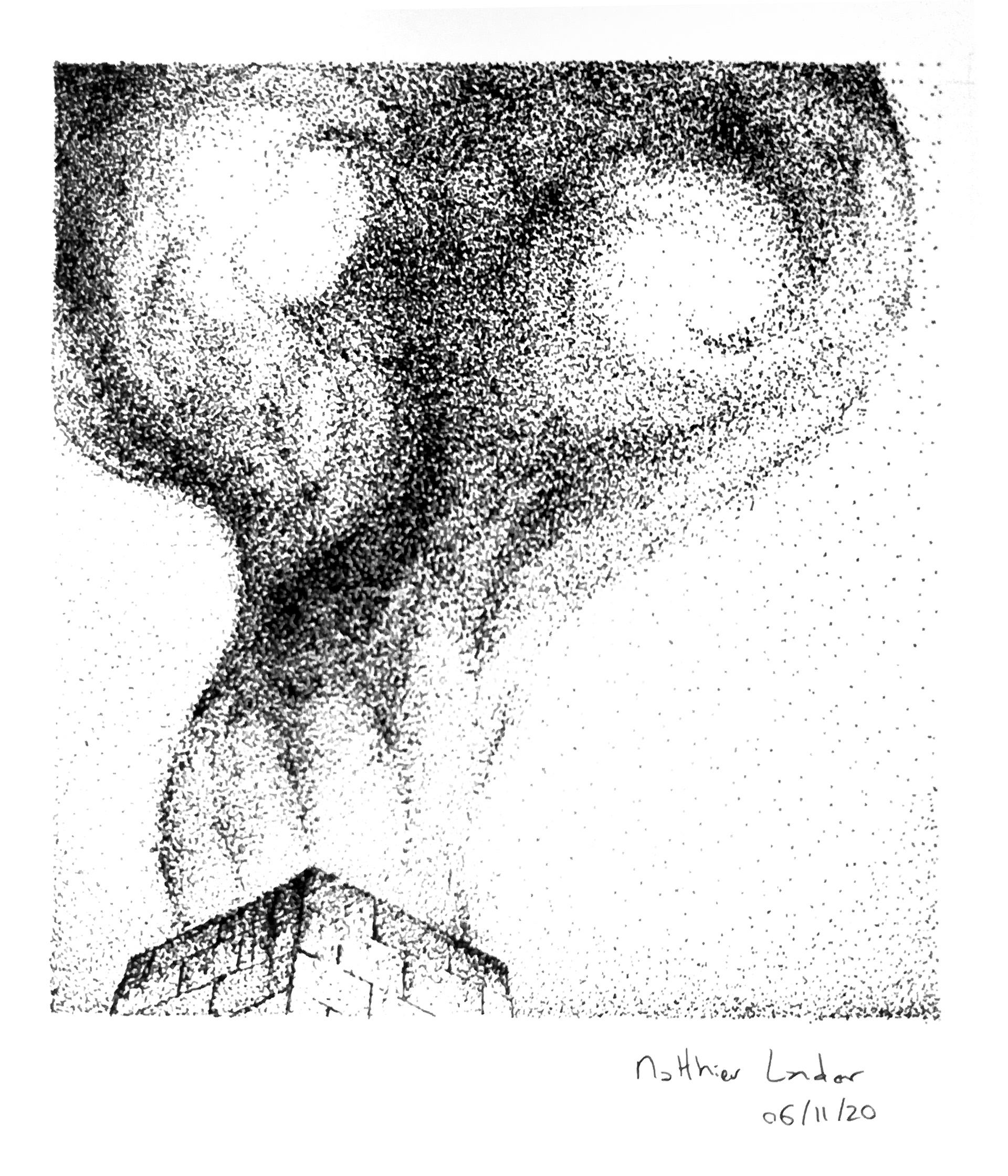
the smoke
Today is a day in June 1944. The quarantine has ended for the 31000, after 10 months of rest. They are gathered in a new block and they form their own kommando, where they must saw new clothes for the new arrivals, using pieces found at the Canada, the clothes warehouse.
Back in France, the Allies have landed in Normandy, the war is raging, but the country is on the verge of liberation. As for the 31000 and the 45000, the war is still a very long way from being over.
Hoess is back. Once replaced by Liebehenschel, Hoess isn't back because he's fairer, he is back because he is more efficient. The entire population of hungarian jews arrives every day, they must be dealt with. Day and night, the trains keep coming, bringing thousands of families. Rails have even been installed within the camp to bring the trains closer to the gas chambers. No more need for trucks to pick up the prisoners and bring them closer. Once again, efficiency is key, the camp and its administrators have created a monster, consuming on an industrial scale. Thousands, maybe tens, hundreds or thousands of hungarian families appear briefly and fade in the air.
The 31000 are forced to watch from the place where they work.
Back in 1942, Therese Lamboy just had a baby in Nogent-Sur-Marne, east of Paris. It was a beautiful event in a difficult time. Without the father’s involvement, Therese had to deal with the baby and her job at the same time.
Pierre Lussac and Yvonne Velgue had a baby recently, too. Pierre wanted to help Therese, he told her she could make money… by becoming a smuggler. Therese was intrigued, she didn't know you could make money out of smuggling people, Pierre told her it was a successful business these days.
Pierre and Yvonne introduced her to the Prazan family. They wished to smuggle 2 childs to the border, to the free zone. There, they could live safely for as long as the war was still on. Staying in german occupied France was too dangerous, they were jewish, their parents had already been deported.
Pierre was to smuggle the 2 children, he had just smuggled a teenager from the same family a few weeks earlier. He wanted Therese to listen to the negotiation, learn the ropes, she would smuggle the next family maybe.
Therese had doubts concerning Pierre, she came back to see the Prazans. The aunt was distraught, she had just learnt that the teenager had been arrested. She never reached the border, she was brought to a trap laid by Pierre, who was working directly with the Gestapo.
Therese decided she would smuggle the kids by herself. So she took Bernard, 6, and Jeanette, 9.
Therese took a train to Orleans, they stopped at Aubrais, from there Therese walked with the children through the fields. They walked south, they took several more trains, and just like that they had travelled 100 kilometers.
There were a few kilometers left when Therese was arrested by the german border. They didn't ask any questions to Bernard or Jeanette, they spent the night interrogating Therese. She kept on telling them the kids were her nephews, and that she had to bring them on the other side, she couldn’t possibly take care of her nephews while caring for her newborn at the same time. Somehow the commandant believed her, maybe Therese was convincing enough, or maybe he didn't want to have another deportation on his conscience. He brought her to an other train station and they were all allowed to cross the border.
She made it, they made it, the nephews were brought to the aunt's brother, they were to be taken care of from that point. As for Therese, she stayed a few days and then came back to the other side to her child.
This story is to be taken with care. It is a story filled with holes and approximations. Maybe it is the truth, maybe Therese did have doubts about Pierre and decided to smuggle the children on her own. Or maybe she was to give them to the Gestapo, yet she had a change of heart at the last minute and smuggled them to the border instead. Maybe she wanted to create her own smuggling business rather than follow Pierre's.
History has left a question mark on Therese. But there is no question mark over the fact that one day she helped 2 jewish children cross a border. There are many ways ro resist, protecting the future is one of them.
When she came back, the Gestapo was waiting for her. Pierre Lussac was furious she smuggled the children behind his back, he denounced her. And Therese was sent to Auschwitz, never stating why she had been arrested, leaving a question mark about whether she should be trusted or not. Even in such a terrifying place, reputations stay, like a stain impossible to wash. Therese became one of those lonely 31000, on the side, neither fully cast away nor part of any group. She survived, against all odds, determined to live, no matter the cost.
Now, in their block, Therese and the other 31000 have to watch and listen to the tragic moments of separations out of the trains. Once they step out of the wagons, families are selected, those able to work, those who aren't, the women, the elders, the children. The selected are brought directly to the gas chambers, the screams go on. Sometimes, there isn’t even a selection, the passengers are all sent to the gas chambers, unknowingly.
One night, the gas chambers stopped working, out of Zyklon B, its deadly ingredient. But the ovens kept on working, pits were lit on fire, the extermination had to be carried on nevertheless. So the children were thrown alive into fire pits.
That night, the air was orange and filled with screams. The 31000 couldn't sleep, if they closed their eyes, they were still forced to listen. Thousands of children died, each scream was impossible to forget.
Therese Lamboy is forced to listen. Those children, she can’t do anything for them.
Notes
Thank you for listening to this episode of 31000/45000, the story of 2 trains of french members of the resistance. My name is Matthieu Landour Engel, I was born in Paris and spent my childhood near Chartres, a city below the capital.
This episode is about Therese Lamboy, the smugglers, and the fate of the hungarian jews. .
This episode is quite delicate, it tackles mostly the life of Therese Lamboy, born Gaby, a woman who saved the life of 2 french jewish children by crossing the demarcation line with them. There are a few question marks, according to one of the children, about whether or not she was supposed to give them away to the police. But whether or not she was indeed supposed to do it, the fact remains that she didn't, she brought the children to the demarcation line, she was denounced by her employer, Pierre Lussac, she was deported to Auschwitz-Birkenau.
Charlotte Delbo wondered about it as well, without having an answer, and there is a fantastic documentary on the subject, named la passeuse des aubrais, a documentary by Michael Prazan, as well as a book on the same subject, la passeuse. I can only recommend it, it's a very thorough research, honest, heartfelt, and obviously a great source for this text. Michael prazan is a fantastic writer and filmmaker, I recommend his other works, like Einsatzgruppen, Ellis island an american dream story and many more.
Michael Prazan, and his brother Frank Prazan, are the sons of the little boy who Therese smuggled. For years, they didn’t know much about this story, only fragments, until their paths crossed with Therese Lamboy.
I was very lucky to be able to discuss with Frank Prazan, who told me about his meeting with Therese Lamboy, towards the end of her life.
The fate of the hungarian jews is horrifying and shows the full force of the death machine that Auschwitz-Birkenau was. Within a few months, from May to July 1944, more than 400000 men, women and children arrived to Birkenau, on 142 trains, on the famous rails which brought them straight inside the camp, which were finished expressly for the hungarian jews undertaking. 325000 to 330000 thousands were sent right to the gas chambers, who worked in full force. Full force?
VAILLANT-COUTURIER: Yes, look. [The witness showed her arm.] They were taken to a red brick building, which bore the letters "Baden," that is to say "Baths." There, to begin with, they were made to undress and given a towel before they went into the so-called shower room. Later on, at the time of the large convoys from Hungary, they had no more time left to play-act or to pretend; they were brutally undressed, and I know these details as I knew a little Jewess from France who lived with her family at the 'Republique" district.
DUBOST: In Paris?
VAILLANT-COUTURIER: In Paris. She was called "little Marie" and she was the only one, the sole survivor of a family of nine. Her mother and her sev was not enough, the capacity of the crematoriums was not made for such an amount of people, so gigantic pits were dug near the gas chambers.
It is worth quoting Marie-Claude Vaillant Couturier testimony regarding this part
MME. VAILLANT-COUTURIER: ... [W]e saw the unsealing of the cars and the soldiers letting men, women, and children out of them. We then witnessed heart-rending scenes; old couples forced to part from each other, mothers made to abandon their young daughters, since the latter were sent to the camp, whereas mothers and children were sent to the gas chambers. All these people were unaware of the fate awaiting them. They were merely upset at being separated, but they did not know that they were going to their death. To render their welcome more pleasant at this time--June to July 1944--an orchestra composed of internees, all young and pretty girls dressed in little white blouses and navy blue skirts, played during the selection, at the arrival of the trains, gay tunes such as " The Merry Widow," the "Barcarolle" from "The Tales of Hoffman," and so forth. They were then informed that this was a labor camp and since they were not brought into the camp they saw only the small platform surrounded by flowering plants. Naturally, they could not realize what was in store for them. Those selected for the gas chamber, that is, the old people, mothers, and children, were escorted to a red-brick building.
M. DUBOST: These were not given an identification number?
VAILLANT-COUTURIER: No.
DUBOST: They were not tattooed?
VAILLANT-COUTURIER: No. They were not even counted.
DUBOST: You were tattooeden brothers and sisters had been gassed on arrival. When I met her she was employed to undress the babies before they were taken into the gas chamber. Once the people were undressed they took them into a room, which was somewhat like a shower room, and gas capsules were thrown through an opening in the ceiling. An SS man would watch the effect produced through a porthole. At the end of 5 or 7 minutes, when the gas had completed its work, he gave the signal to open the doors; and men with gas masks-they too were internees-went into the room and removed the corpses. They told us that the internees must have suffered before dying, because they were closely clinging to one another and it was very difficult to separate them.
After that a special squad would come to pull out gold teeth and dentures; and again, when the bodies had been reduced to ashes, they would sift them in an attempt to recover the gold.
At Auschwitz there were eight crematories but, as from 1944, these proved insufficient. The SS had large pits dug by the internees, where they put branches, sprinkled with gasoline, which they set on fire. Then they threw the corpses into the pits. From our block we could see after about three-quarters of an hour or an hour after the arrival of a convoy, large flames coming from the crematory, and the sky was lighted up by the burning pits.
One night we were awakened by terrifying cries. And we discovered, on the following day, from the men working in the Sonderkommando - the "Gas Kommando" - that on the preceding day, the gas supply having run out, they had thrown the children into the furnaces alive.
I’m stopping here regarding this testimony, although I will talk further about Marie-Claude Vaillant Couturier in another episode.
My sources for this story mostly come from the book Red triangles in Auschwitz, by Claudine Cardon Hamet, le convoi du 24 janvier by Charlotte Delbo, the website deportes-politiques-auschwitz.fr, memoire vive, the foundation for the memory of deportation website , the Maitron website, and the fantastic website auschwitz.org
Thank you very much for your attention, next episode will be about Carmen and Lulu and the 31000 transfers to Ravensbruck.
